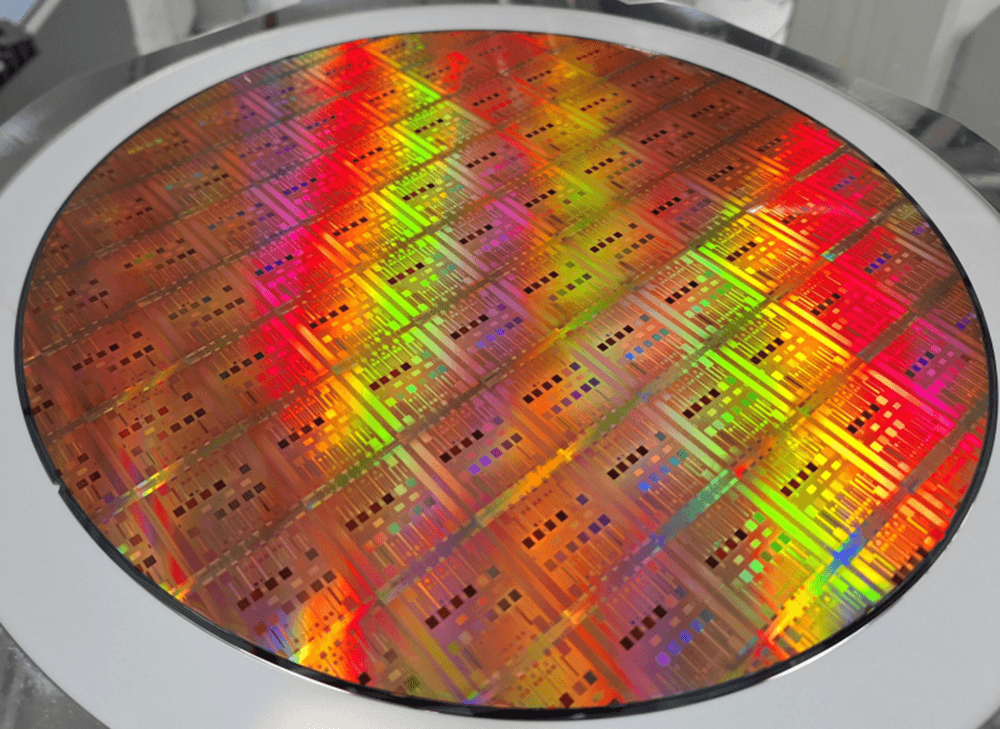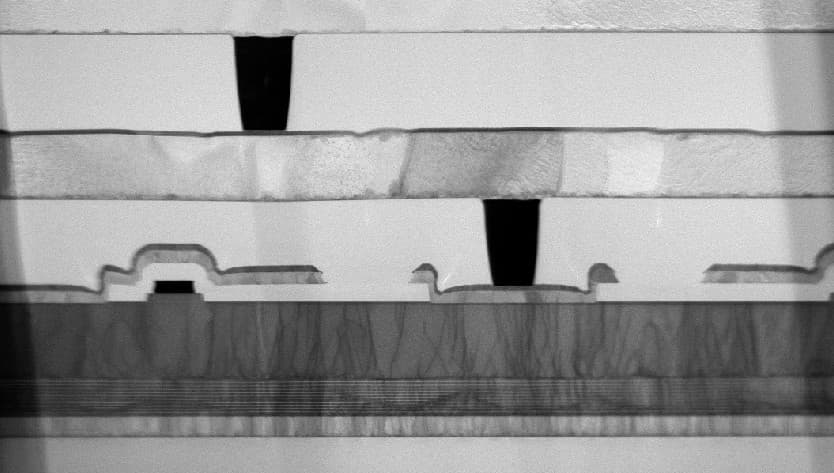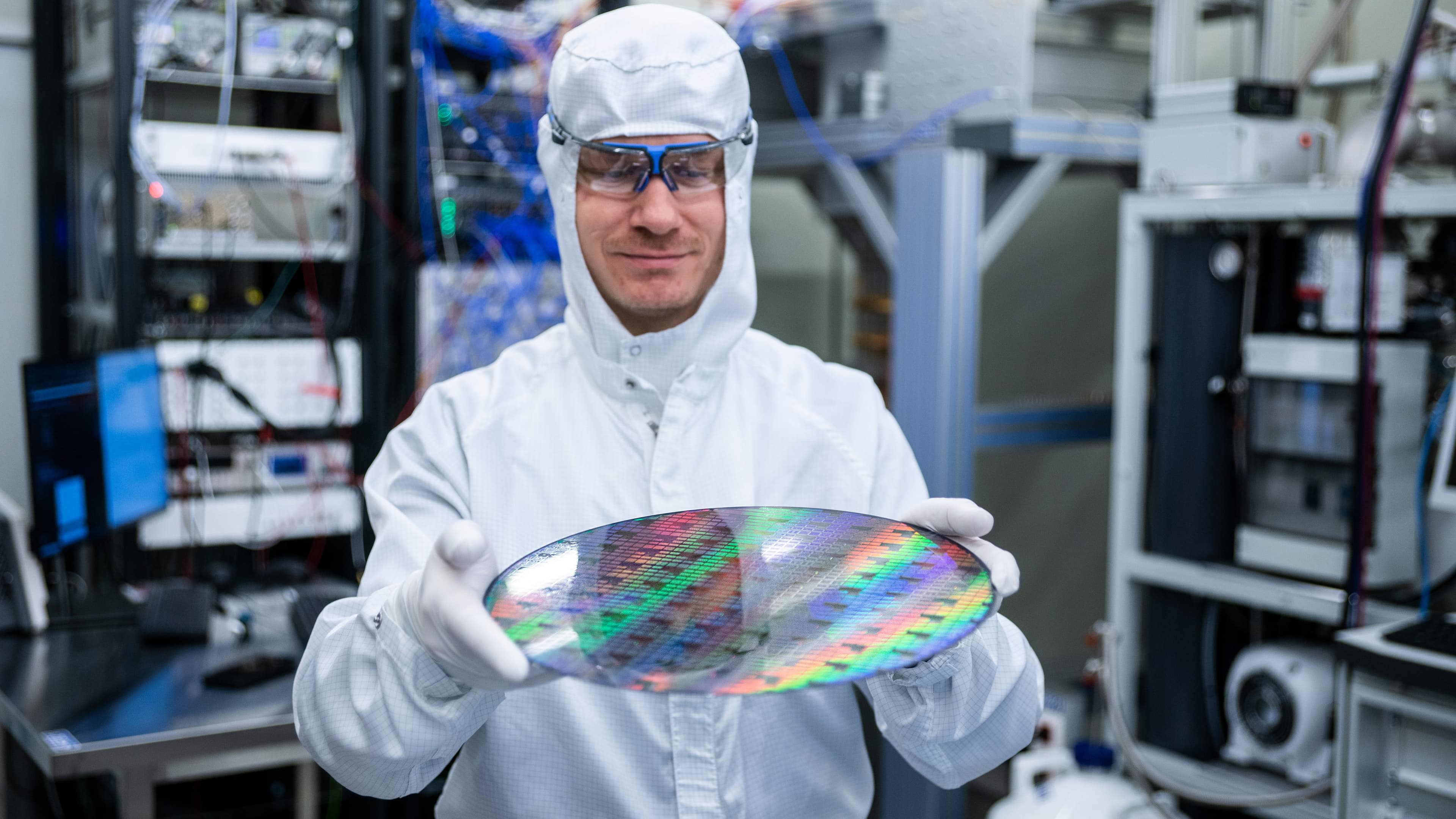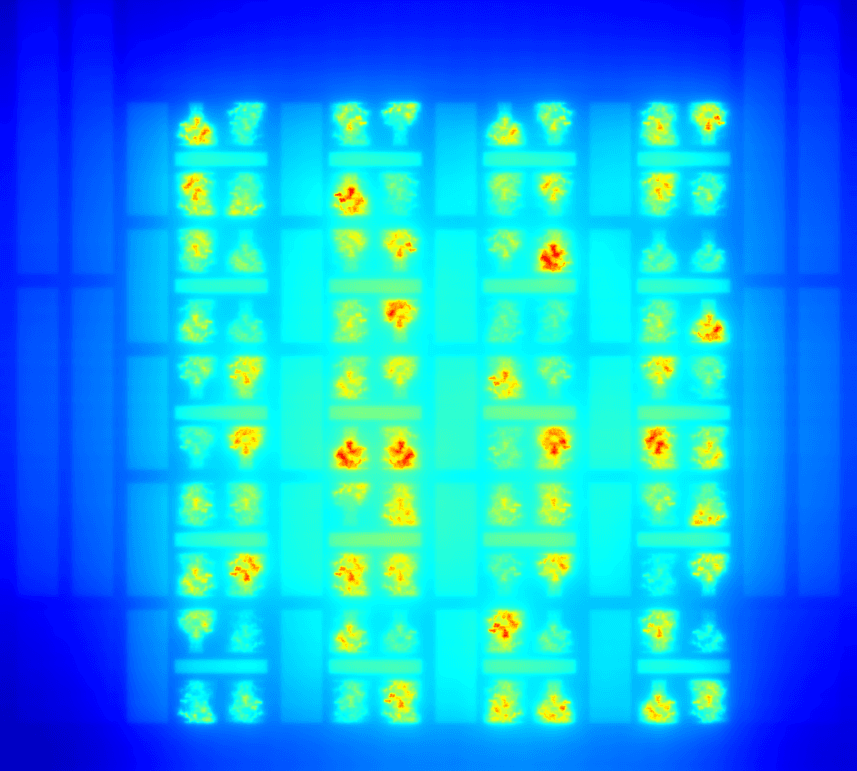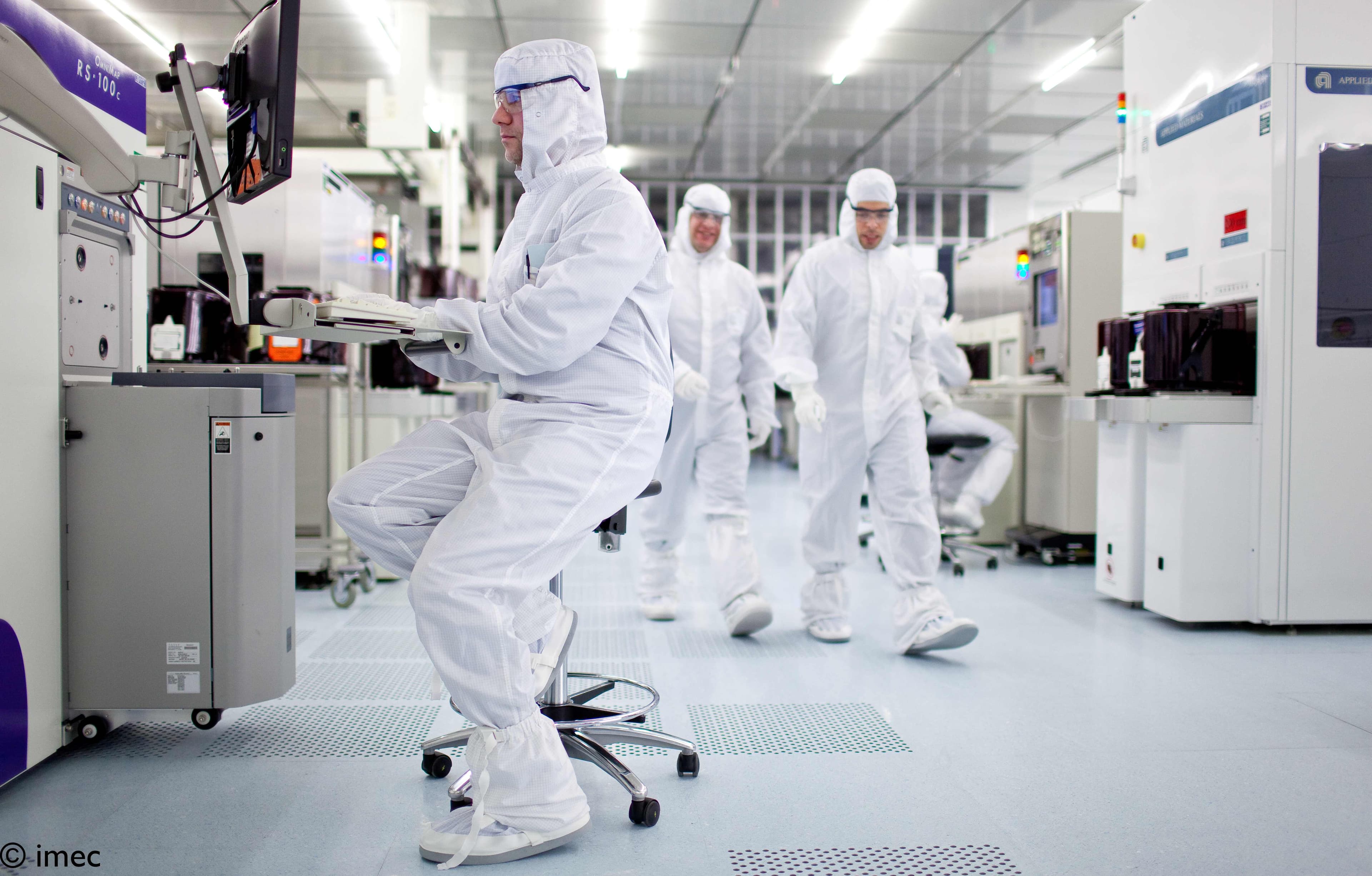
LECTURE+
Developing an interactive, scalable & cost-effective lecture platform that enhances the (remote) learning experience
Lecture-style, on-campus teaching has been the de facto teaching method for hundreds of years. Yet, the creation of multicampus universities, interuniversity collaboration and lifelong (anytime, anywhere) learning are putting this method under pressure.
Experts have started to question the efficacy of traditional, lecture-style teaching altogether. Research shows that a learning approach based on interaction (with fellow learners, the lecturer, or course materials), results in better retained knowledge and a longer attention span. However, current learning solutions do not allow for this higher degree of interactivity yet, causing (remote) learners to lose focus quickly.
The imec.icon LECTURE+ project investigated whether a scalable and cost-effective lecture platform can be developed that puts the concept of interactivity center stage, using learning-enhancing technologies to enhance the (remote) teaching and learning experience.
LECTURE+ was applied across 3 contexts – secondary education, higher education and lifelong learning – and investigated:
- How to increase engagement during face-to-face lectures?
- How to increase engagement during lectures that are attended by remote learners only?
- How to increase engagement during hybrid lectures – featuring onsite and remote attendees?
Building on those cases, 3 key research questions were defined:
- Can we use multi-modal input to better measure, map and understand the mechanics triggering engagement?
- Which evidence-based actions can be taken to increase learners’ level of engagement?
- Can we use the above learnings to develop a proof-of-concept that lays the foundation of a scalable and cost-efficient (remote) lecture platform?
The outcomes
1. A multi-modal approach to detect, assess and enhance (remote) learners’ engagement
Even though detecting and assessing (remote) learners’ engagement has proven to be much more complex than originally anticipated, researchers from ITEC – an imec research group at KU Leuven – have been able to develop a unique approach that is much more accurate than existing solutions. The LECTURE+ approach leverages a variety of sources, from image analysis using computer vision technology (developed by the PSI research group at KU Leuven) and input from the ‘user engagement browser extension’ built by DistriNet (an imec research group at KU Leuven) to the use of wearables. Building on those insights, the consortium has come to a better understanding of some of the triggers increasing learners’ engagement.
The complete approach – including practical, real-time advice for lecturers on which actions to take when attention levels drop during their classes (i.e. launching a quiz or opening a window) – has been built into the project’s final proof-of-concept.
2. A scalable and cost-effective virtual camera director
Another important outcome includes the development of an automated, virtual camera director making sure that the array of cameras in an auditorium focusses automatically – and in real-time – on what is happening in the room. Several project partners have contributed to this achievement:
From a computer vision perspective, important steps have been taken by the PSI research group at KU Leuven. The team studied how people’s activities in an auditorium (e.g. raising hands, taking notes, talking, etc.) can accurately be detected
with minimal latency – through the real-time analysis of multiple camera feeds.
- Commercial partner Limecraft shared several insights on how to build the virtual camera director – dealing with questions such as ‘how long do we have to show a certain camera shot’ and ‘how can we make use of an auditorium’s ambient sound as an additional means of input’.
- Crucial to the development of this system has been the hands-on experience of commercial partner Barco – through its commercially deployed Virtual Classroom solution.
Combining the strengths and assets of these partners, a virtual camera director has been developed that only requires 1 human operator instead of 8 – making the system more scalable and cost-effective.
3. An integrated proof-of-concept providing the key building blocks for a commercial solution
The above learnings and technology components have been complemented by developments of commercial partner Televic Education and researchers from DistriNet, resulting in an integrated proof-of-concept that uses DistriNet’s ‘distributed data analytics architecture’ to bring the data from the various partners together and leveraging a dashboard created by Televic to present feedback on overall engagement rates and recommended actions to the teaching staff.
4. Great potential in secondary schools – but practical hurdles remain a blocking factor
The LECTURE+ technology was also mapped against the needs of secondary schools. The exercise led the consortium to conclude that learning-enhancing technologies hold great potential in this setting as well – if the proper technical and didactic support is provided. More importantly, however, some practical hurdles will need to be overcome first – think of the electricity, connectivity and ICT infrastructure that needs to be in place to accommodate this type of services.
Download the leaflet
Video
This content is only visible on the desktop version of this website.
LECTURE+
Developing an interactive, scalable & cost-effective lecture platform that enhances the (remote) learning experience.
LECTURE+ is an imec.icon research project funded by imec and Agentschap Innoveren & Ondernemen.
It started on 01.04.2017 and is set to ran until 30.09.2019.
Project information
Industry
- Barco
- Limecraft
- Televic Education
Research
- imec - DistriNet - KU Leuven
- imec - ITEC - KU Leuven
- imec - PSI-VISICS - KU Leuven
Contact
- Project lead: Andy De Mets
- Research lead: Piet Desmet
- Innovation Manager: Steven Van Assche






